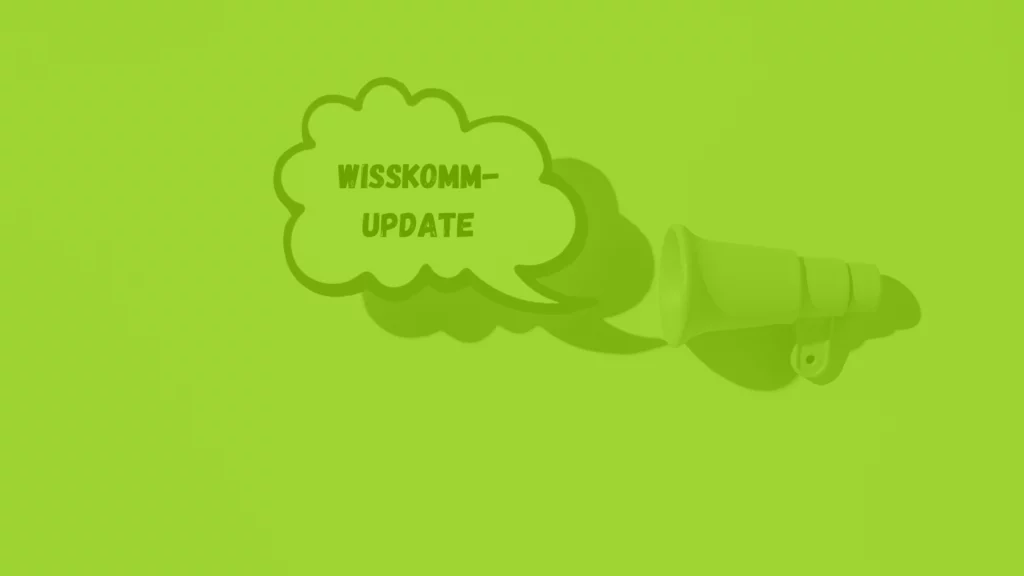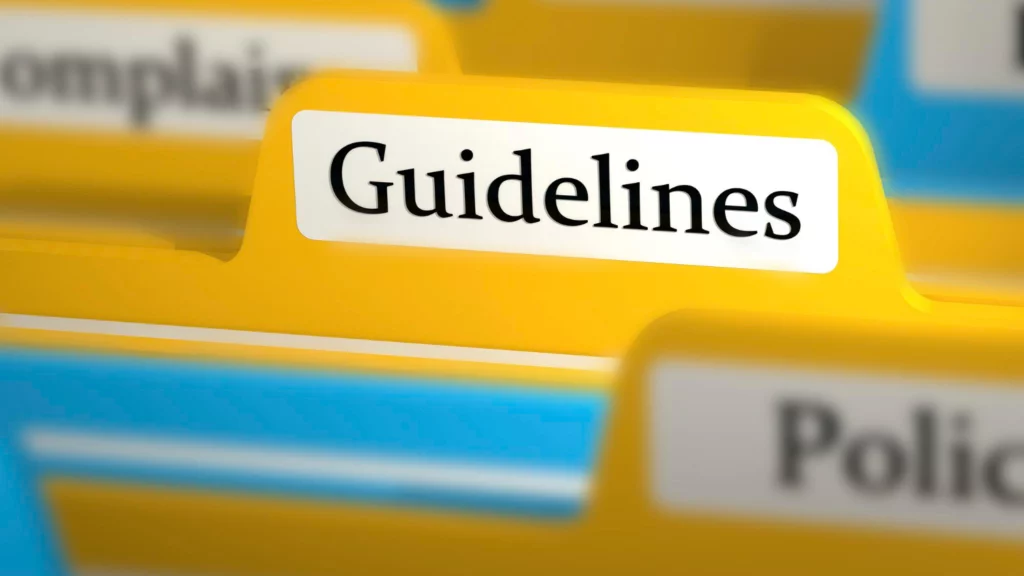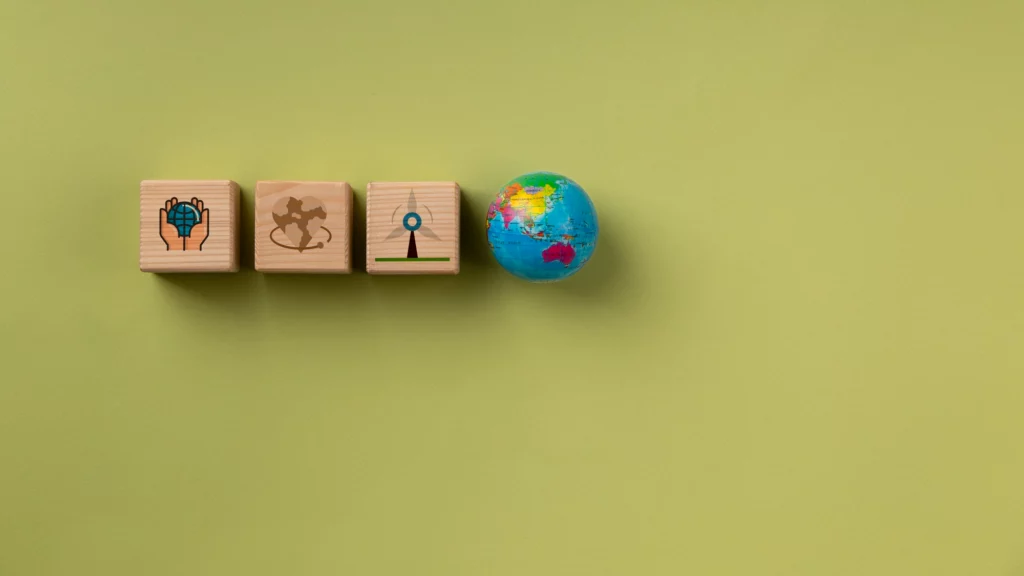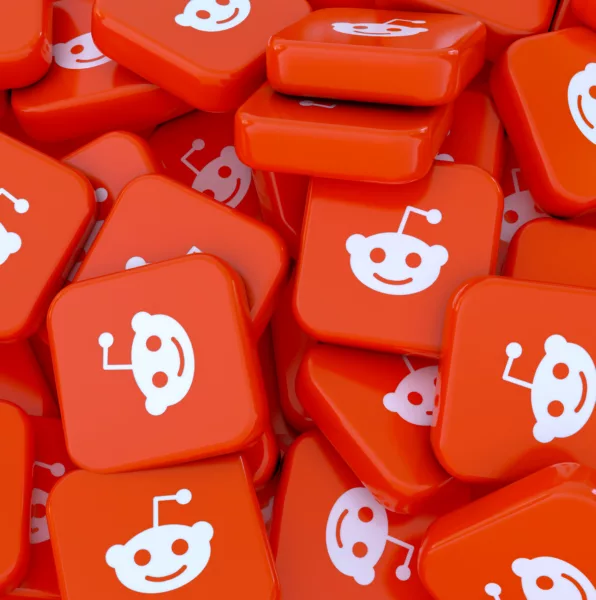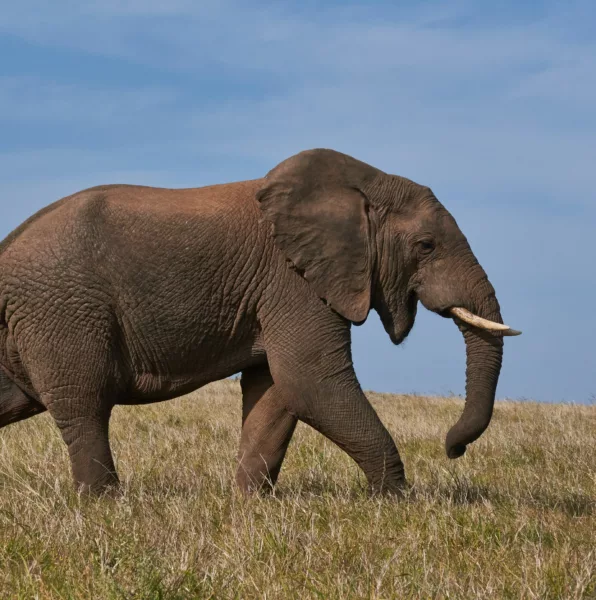Wir haben Pilvi Kolk vom AHHAA Science Centre in Tartu gefragt, wie die Estländer wissenschaftliche Themen kommunizieren.
Science Communication in Estonia
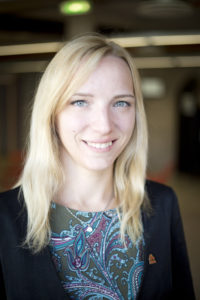
Are there any exciting new formats of science communication in Estonia that have been developed recently? How do they differ from established communication formats?
We have developed a new and somewhat diferent science café format at the AHHAA Science Centre. At an ordinary science café there is a scientist who talks and an audience who listens. In our café the audience consists of young scientists, university students and in some cases stakeholders such as entrepreneurs or politicians. There is no presenter – only a moderator. The moderator offers the audience three possible future “scenarios” (produced by scientists) and invites the audience to have a discussion in groups about the possibilities of those scenarios. Ideally, the idea is that come up in those discussions i can be advanced at universities or companies. So basically instead of simply educating people in a science cafe, we are trying to come up with new research ideas and enhance the scientific discussion.
Who communicates science in Estonia – scientists, journalists, press officers? What are the goals of their communication? Who are the main target audiences of these activities? How far are scientists themselves involved in the process of communicating science?

Is it usual for scientists to learn how to communicate science to the public as part of their university education?
Communication courses are quite a new thing in Estonian Universities. Ordinarily public speaking is taught at a PhD level. However, we at the AHHAA Science Centre believe that public performance should be taught earlier in the future and we are working towards that goal with some of our projects. One of our main target groups are students and young people. Our mission is to shape the knowledge-based mindset through Aha-experiences. What we mean by Aha-experiences is experimenting and discovering independently and the use of a´hands-on´ approach. The three basic values of AHHAA are knowledgeability, professionalism and friendliness. We value education, and we’re always open to new ideas. For us this is the way forward when it comes to communicating science.
How much are the Estonian people interested in science in general? Are there any national surveys on the topic, or could you give us your opinion?
There are no national surveys about this. The media likes to publish all kinds of stupid things, including things disproved by science. There is a widely read portal called “The Telegram” that publishes all kinds of non-scientific “news”. And it is quite popular. The flat- earth theory is given a large part in this portal unfortunately. As the consumption of the online media gets larger, every day – it is becoming harder to control the reliability of the sources and the facts are often misinterpreted. That’s where our mission to promote knowledge-based thinking comes in.
Does science communication in Estonia traditionally cover only the natural sciences? Or are other research areas like the social sciences and humanities also included?
The Estonian language includes humanities and social sciences as part of “Science” (“Teadus” in Estonian). There is no difference for us because the word for “science” includes all research and knowledge and is not restricted to the natural sciences.
Does the government spend money on science communication? How is this structured? What kinds of projects are funded?
The government spends at least some money on science communication. For example, there was a special fund under structural funds that was dedicated to science communication. It was divided into three sections: Producing science and technology-subject based TV shows and media-coverage; supporting science-journalism; and producing study-materials for secondary schools. The investment paid off and was a great success. For example a popular TV-show “Rocket 69” was produced and it has chosen as the best science communication TV-program in Europe (2012). The series evolved around 12 young talented people competing for a scholarship of 10.000 Euros. Under the scrutiny of a panel of three judges and the viewer, the hopeful scientists-to-be resolved complex, humorous, and tricky tasks that are not taught at school. The series ran for seven seasons and was mostly filmed in the AHHAA science centre. However, sadly the structural funding is ending – and it seems that there are no other sources coming to replace it.
